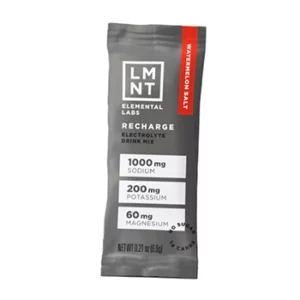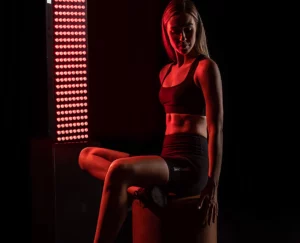We know that a raw hem is in style right now, but when the trend fades this Japanese technique will be the sweetest way to give that denim second life.
Turning what we have into what we want is sustainability in action. We stumbled upon a new book filled with Japanese sashiko-inspired embroidery projects, Make + Mend by Jessica Marquez, and fell in love with these chic little techniques for fine tuning home textiles and clothing. Try this functional DIY for denim from it’s pages here too. Learn how to hem your jeans or alter children’s clothing with this cozy weekend activity…
Adding a bit of sashiko to your hem is a bold, fun embellishment that also serves a function. Here, the hems on a pair of jeans, a denim skirt and a T-shirt are altered. These techniques can be used on any variety of fabric or garment like shirts, shorts and dresses. These methods are also great for fixing small or large sections of a fallen hem, not just altering a hem length. Feel free to experiment using other sashiko patterns with these alteration techniques. Hitomezashi patterns work nicely in this format, as well as some myozashi patterns, like Evil Eyeor Ocean Waves.
How to Alter Hem
Materials:
item to repair or alter
sewing pins
sewing and sashiko needles
sewing thread
mark-making tool
ruler
sashiko thread (Olympus #1 white, #20 black, #25 peach)
sewing gauge (optional)
scissors: fabric and paper or embroidery snips
iron
circle stencil (with 11⁄2, 1, and 1⁄2 inch or cut paper templates)
ocean waves pattern
sandpaper (optional)
Horizontal Rows Hem:
Prep hem and transfer pattern. Cuff to the desired length and pin or baste-stitch in place. Create stitch guidelines using a ruler and mark-making tool. These three lines are 1⁄8 inch apart and start 1⁄8 inch from the top of the cuff. Adjust the spacing and number of rows as desired.
Sahiko-stitch. Stitch several tightly stacked horizontal rows, tucking the knots in
between layers of the cuff. Remove pins as you stitch. Use a thimble to stitch thick layers of fabric. Once stitching is complete, remove marks or baste stitching.
Altar Hem Length:
Mark desired hem. Try on the garment and mark where you’d like the hem to fall. From this mark, measure and mark an additional 1 1⁄2 inch down toward the original hem. This is the new hemline.
Mark new hem and cut. Using a sewing gauge or ruler, measure the distance between the edge of the garment and the new hemline (A). Using that measurement, mark around the circumference of the garment and cut off the excess material (B).
Press and baste-stitch seam. Turn the garment inside out. Fold and press a seam allowance of 1⁄2 inch and again with a seam of 1 inch toward the wrong side of the fabric. Baste-stitch the seam in place.
Transfer pattern lines. Draw a 1⁄4- inch grid starting just above the top of the newly made seam to make sure it’s stitched over, securing the new hem in place. The grid is 1⁄2 inch wide and drawn around the circumference of the hem.
Sashiko-stitch.Tie knots to start and end a length of thread, tucking them in between fabric layers to hide. First stitch staggered Horizontal Rows (page 145) and then the same pattern-ing on a vertical crossing over the horizontal stitches to create the Ten Cross Stitch pattern. Remove baste stitches and any excess marks.
Section of Hem:
Baste hem. Turn the garment inside out. Snip loose threads. Press the hem to match the
existing hemline. Baste-stitch hem in place.
Transfer pattern. Turn garment right side out. Use the circle stencil and mark-making tool to transfer the Ocean Waves pattern directly onto the garment over the fallen hem. Trace 11⁄2-, 1-, and 1⁄2-inch half circles, centered and descending in size. Build the pattern up as desired. Use sand paper under the fabric to stabilize the garment as you draw.
Sashiko-stitch. Tie knots to begin and end lengths of thread. First stitch the row of the largest half circles as a continuous line. Next, stitch the inner rows. If the pattern extends upwards, jump from circle to circle leaving a bit of slack on the back side. Once stitching is complete, carefully cut away baste thread.
Reprinted with permission from Make + Mend, copyright 2018 by Jessica Marquez. Published by Watson-Guptill Publications, an imprint of Penguin Random House LLC.

















